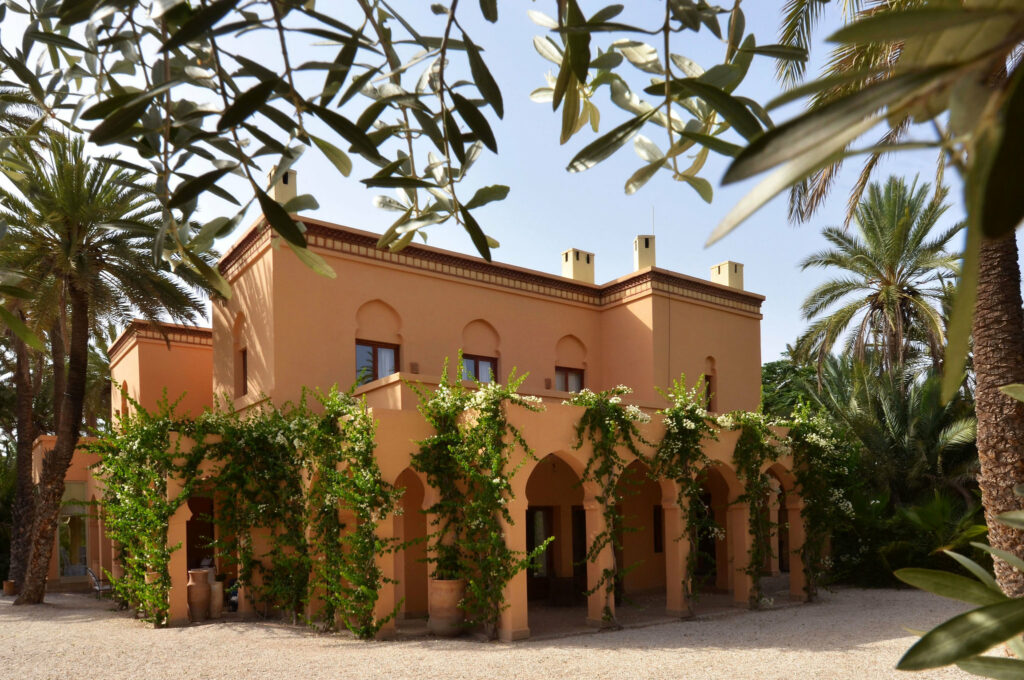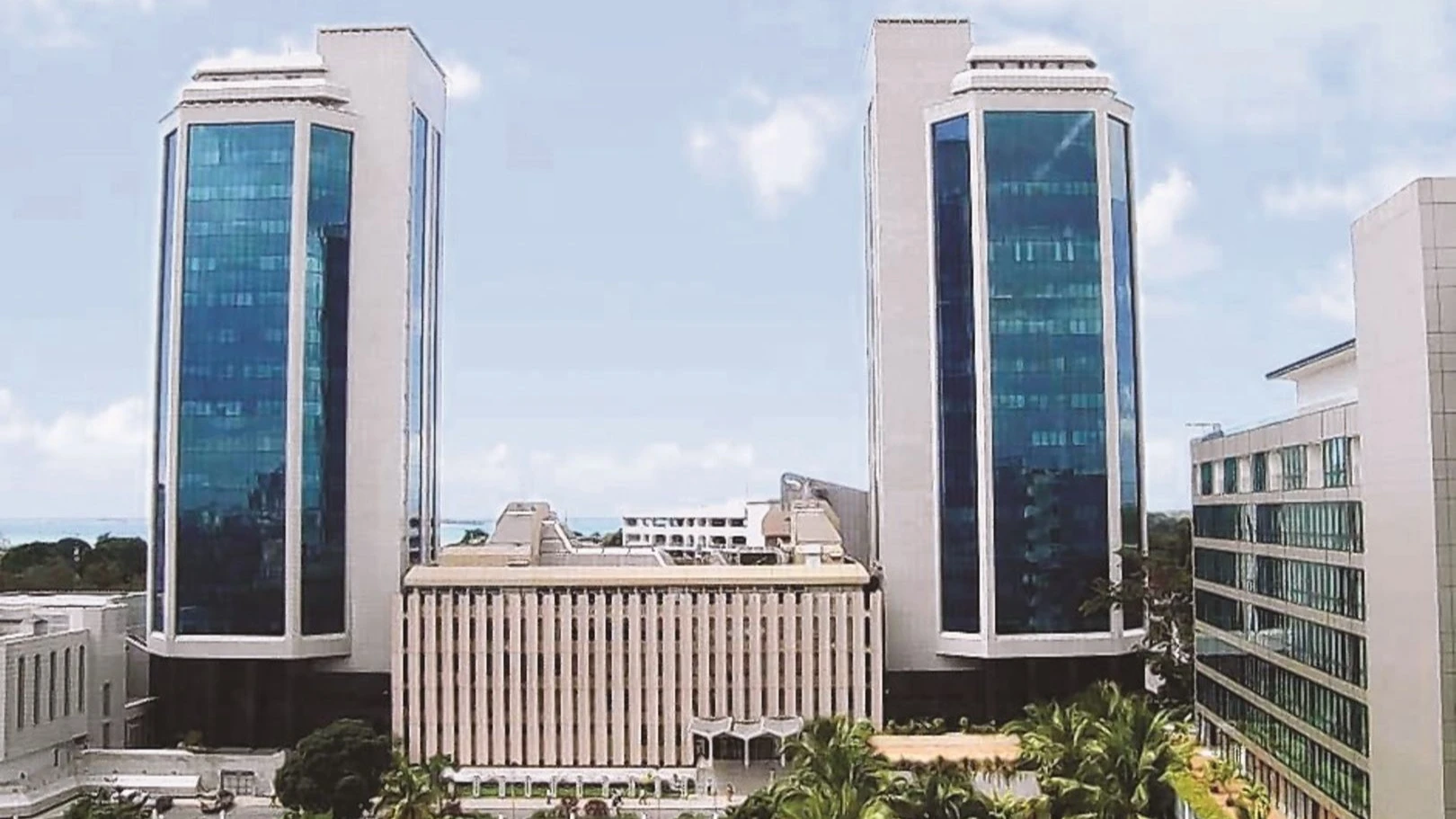

Morocco’s real estate market is on a promising growth trajectory, fueled by economic stability, urbanization, foreign investment, and strategic infrastructure development. With projections indicating a steady rise in market value and activity, the sector is drawing significant interest from both local and international investors.
Economic stability remains a cornerstone of Morocco’s real estate growth. The nation’s core inflation rate is expected to remain low, trending at 4.00% in 2025 and 4.30% in 2026. This favorable environment has shielded the market from significant downturns. The Real Estate Price Index, tracked by Bank Al-Maghrib, reflects this stability, showing consistent performance with modest growth over the past year. This economic steadiness is encouraging further engagement in the sector.
The residential sector of Morocco’s real estate market is projected to reach a valuation of US$1.53 trillion by 2025, with an anticipated annual growth rate of 4.86% through 2029. By the end of this period, the market volume is expected to reach US$1.85 trillion, driven by increasing demand for diverse housing solutions in urban areas.
Urbanization continues to reshape Morocco’s real estate landscape. Over 65% of the population resides in urban centers, leading to heightened demand for housing in cities like Casablanca and Marrakech. Developers are actively addressing this demand with projects ranging from affordable to luxury housing, meeting the varied needs of residents and investors.
Foreign direct investment in Morocco’s real estate sector has risen significantly, growing by more than 55% by 2024. Government initiatives, such as those in the 2025 Finance Bill, have been instrumental in attracting international investors. These measures, while primarily targeting sectors like automotive and green hydrogen, have created ripple effects that enhance the broader real estate market.
The revival of Morocco’s tourism industry has further energized the real estate sector. By October 2024, the country had welcomed 14.6 million visitors, fueling strong demand for rental properties in popular destinations such as Marrakech and Agadir. This has led to robust rental yields, making these areas particularly appealing for property investments.
Strategic infrastructure investments are another catalyst for growth. Developments in roads, airports, and railway lines are improving connectivity and accessibility, enhancing the attractiveness of various regions for real estate opportunities. These advancements support the movement of people and goods, further boosting the sector’s potential.
Morocco’s real estate market is primed for sustained growth, driven by a combination of economic stability, urban expansion, international investment, and infrastructure improvements. This dynamic environment offers substantial opportunities for investors and stakeholders, positioning the sector as one of Africa’s most promising markets


